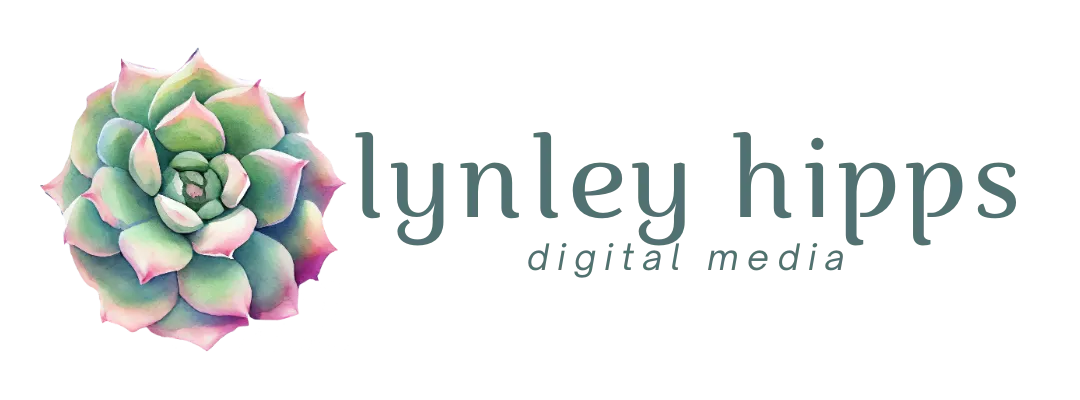the blog

The Power of Email Marketing: Why Every Business Needs It
You've heard about email marketing...but why is it so important for a business to include email marketing in their overall marketing strategy? Read more to find out! ...more
Email Marketing 101
September 07, 2023•2 min read
© lynley hipps | ALL RIGHTS RESERVED | TERMS & CONDITIONS | Privacy Policy

